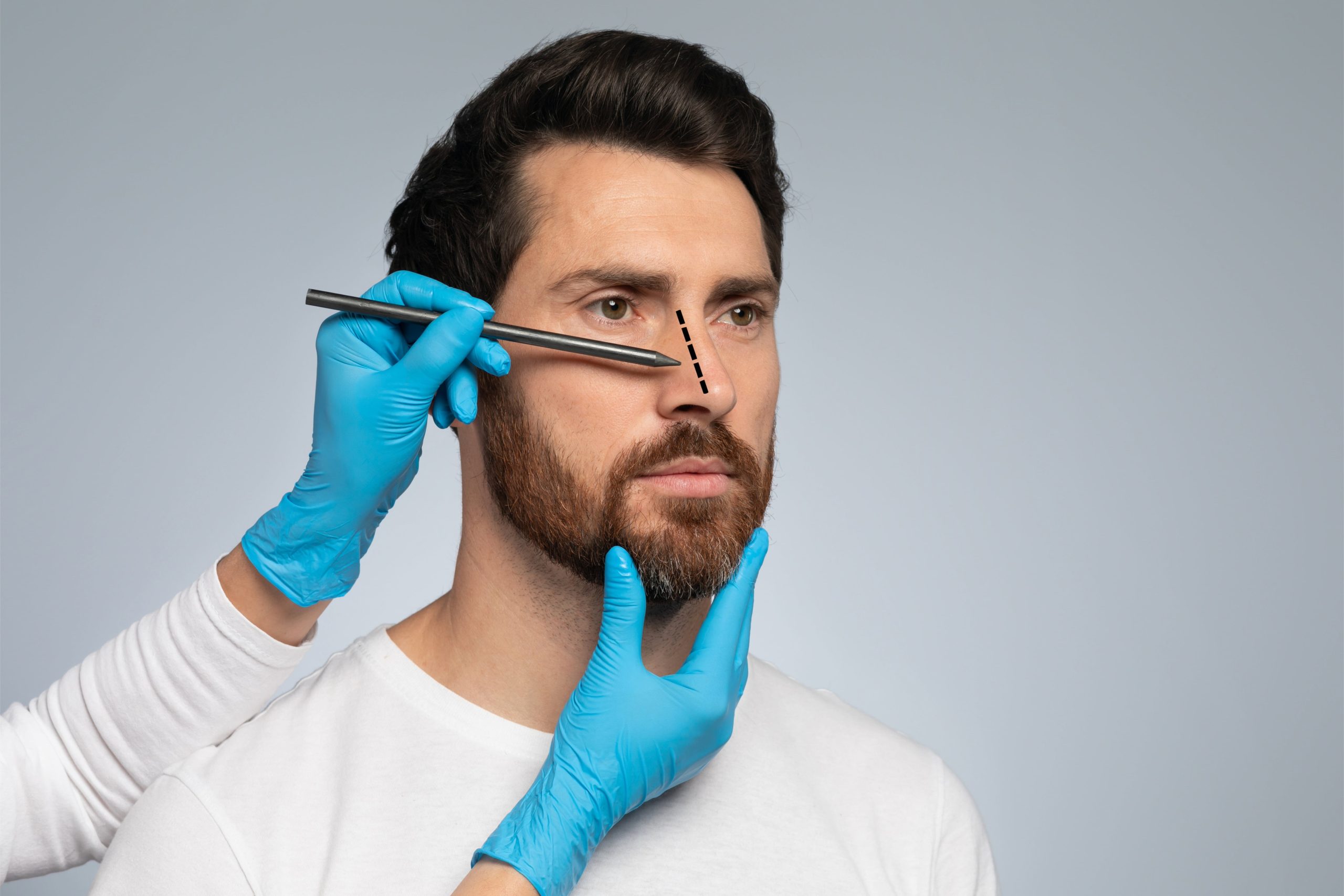Rhinoplasty: what can be done to reduce post-operative swelling?
Dr Arie Azuelos' blog in Paris

Rhinoplasty, one of the most widely performed cosmetic surgeries, is a complex procedure that can transform the appearance and function of the nose. However, as with any surgery, rhinoplasty is followed by a recovery period, often accompanied by swelling. Understanding and managing this swelling is essential for a healthy recovery and optimal results.
Surgical rhinoplasty
Surgical rhinoplasty is an operation to alter the shape or structure of the nose for aesthetic or functional reasons. This may include altering the size of the nose, correcting a deviation, reshaping the tip or other nasal structures. Rhinoplasty can be performed using an open approach, where an incision is made at the base of the nose, or a closed approach, with incisions made inside the nostrils. Find out more about the different surgical techniques.
The operation generally lasts between one and three hours, depending on the complexity of the procedure. After surgery, medication may be prescribed to manage pain and reduce the risk of infection. Post-operative follow-up includes regular visits to Dr Arié Azuelos to monitor healing and the progress of the results. Patients also receive medical advice on home care, such as how to sleep, avoiding certain physical activities and measures to reduce swelling.
Why is there swelling after rhinoplasty?
Swelling after rhinoplasty is a normal reaction of the body to surgery. The manipulation of the tissues, the incisions and the changes made to the nasal structures lead to inflammation, which manifests itself as swelling. This phenomenon is most pronounced in the first few days following the operation, but may persist, to a lesser extent, for several months.
How long does swelling last after rhinoplasty?
The duration of swelling after rhinoplasty varies according to the individual and the extent of the surgery. Generally, the most noticeable swelling diminishes within the first two weeks. However, minor swelling, particularly around the tip of the nose, may persist for several months or even up to a year before the final result is completely visible.
Swelling after rhinoplasty: advice from Dr Arié Azuelos
It’s important to distinguish between ‘reducing the swelling’ and ‘reducing the duration of the swelling over time’.
To reduce the intensity of swelling, it is advisable to keep the head in an elevated position, even when sleeping, for the first few weeks after surgery. The use of cold compresses can also be beneficial, but these should be applied with care to avoid disturbing the healing nasal structures.
To reduce the duration of swelling, good hydration, a balanced diet and avoidance of certain drugs or foods that can increase inflammation (such as aspirin or alcohol) are essential. Smoking should also be avoided, as it can slow down the healing process. In addition, scrupulously following the surgeon’s post-operative instructions and attending all follow-up appointments is crucial to optimal recovery.
It is important to note that every patient is unique, so response to surgery and recovery may vary. Dr Arié Azuelos provides personalised follow-up for each patient, tailoring advice and care to their specific needs and post-operative progress.
